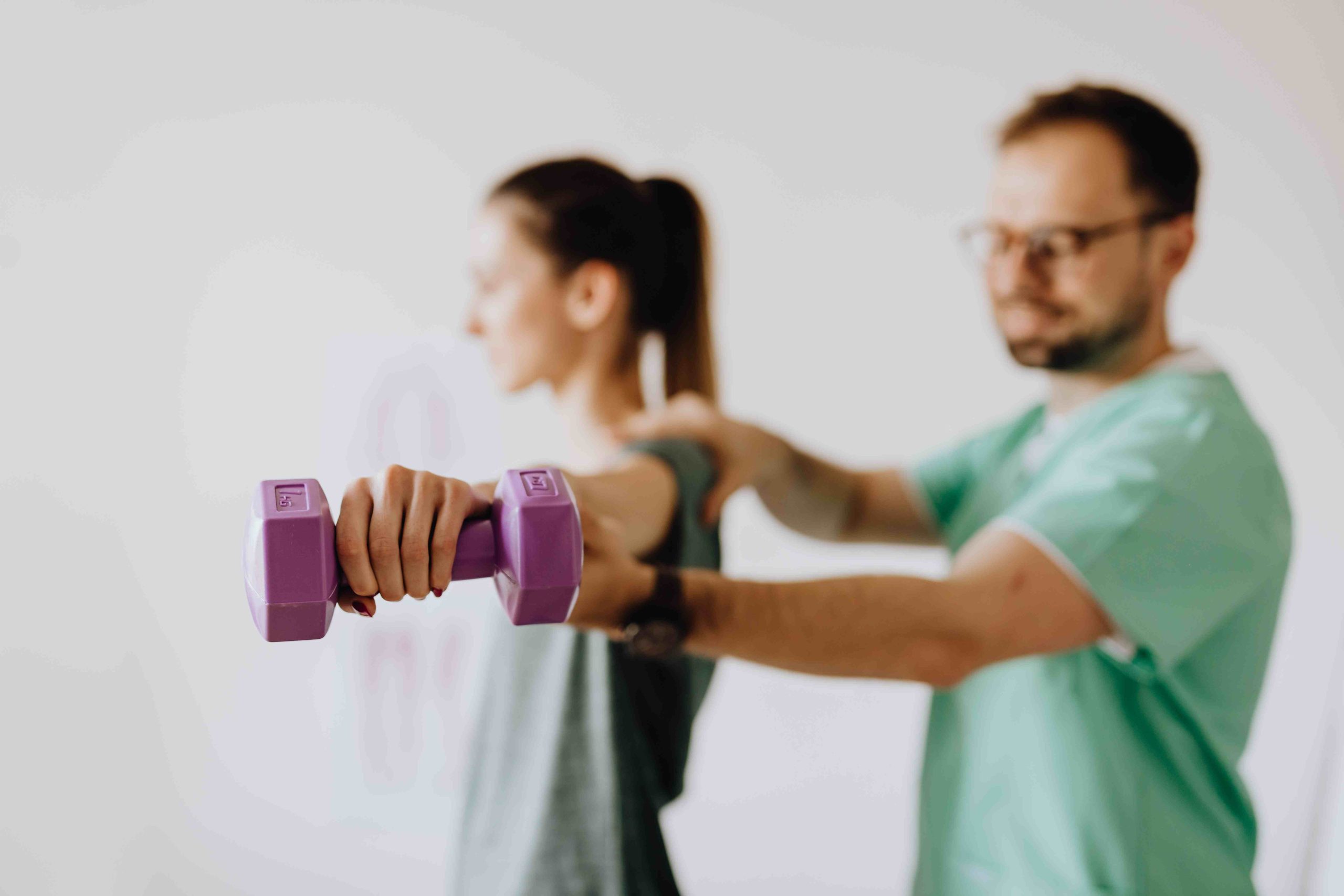
Road to Recovery: Navigating the Rehabilitation Process After a Personal Injury
Suffering a personal injury can be a life-altering event, but the road to recovery is within reach. Navigating the rehabilitation process is essential for reclaiming your health and independence. This article will guide you through the various stages of recovery and provide valuable insights into the key aspects of rehabilitation after a personal injury.
Understanding the Injury:
The first step towards recovery is understanding the nature and extent of your injury. From broken bones to soft tissue damage, identifying the specific injury will help determine the appropriate treatment plan and set realistic recovery expectations.
Seeking Professional Guidance:
Consulting with medical professionals and rehabilitation specialists is crucial. They will assess your condition, create a personalized treatment plan, and guide you through each phase of rehabilitation. Physical therapists, occupational therapists, and psychologists play vital roles in your journey to recovery.
Rehabilitation Techniques:
Rehabilitation techniques may vary depending on the injury and its severity. Physical therapy exercises, stretching, strength training, and specialized rehabilitation equipment can help restore mobility, flexibility, and strength. Occupational therapy focuses on regaining independence in daily activities, while psychological support aids in coping with emotional and mental challenges.
Patience and Persistence:
Recovery takes time, and progress may vary from person to person. It’s essential to be patient with yourself and remain committed to the rehabilitation process. Celebrate small milestones along the way, as each achievement brings you closer to full recovery.
Support Network:
Surrounding yourself with a supportive network of family, friends, and healthcare professionals can make a significant difference in your recovery journey. They can provide emotional support, encouragement, and practical assistance when needed.
Lifestyle Modifications:
Adapting your lifestyle to support your recovery is crucial. This may involve making dietary changes, maintaining a consistent sleep schedule, avoiding activities that could hinder healing, and incorporating stress-reduction techniques into your daily routine.
Gradual Return to Activities:
As you progress in your rehabilitation, a gradual return to activities is essential. Listen to your body and follow the guidance of your healthcare team to prevent re-injury. Gradually increasing the intensity and duration of physical activities will help rebuild strength and prevent setbacks.
Conclusion:
The road to recovery after a personal injury requires determination, patience, and professional guidance. By understanding the rehabilitation process and committing to it wholeheartedly, you can navigate the challenges and regain your physical and emotional well-being. Remember, you are not alone in this journey, and with the right support, you can overcome obstacles and reach a full recovery.



